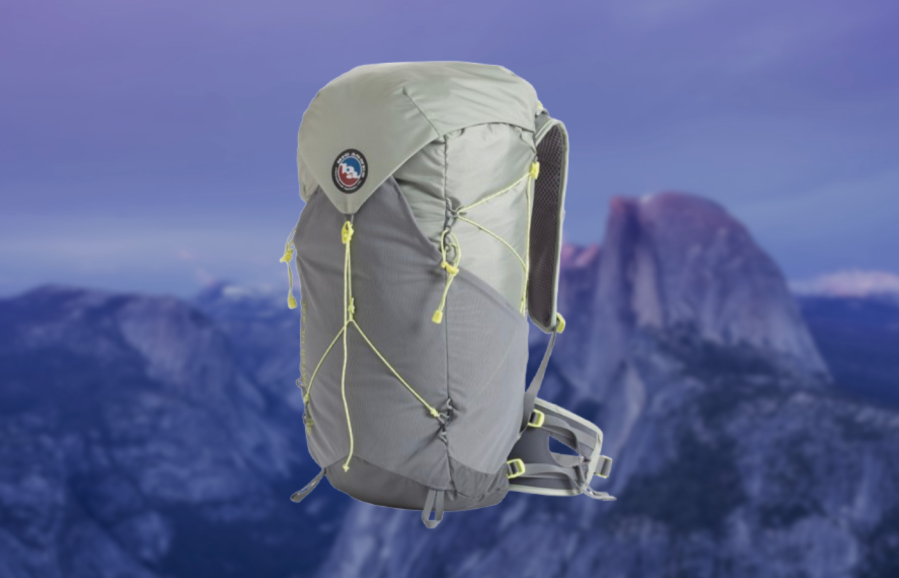Alex Roddie tested the Big Agnes Sweetwater UL 60L in the Cairngorms. Here’s his verdict.
One of the biggest packs in this test, the Big Agnes Sweetwater UL 60L has a relatively minimal design with a running-inspired harness and large stretchy mesh pockets.
Alex Roddie’s verdict
The harness isn’t supportive enough for heavy loads and a few design quirks make this harder to recommend.- highly water-resistant design
- recycled materials
- uncomfortable harness
- unstable carry
- too much cordage in design
- no floating lid
- no hipbelt pockets
| Quick Specs |
|---|
| Price: $329.95 / £270 Weight: 1430g Materials: recycled 70D robic nylon ripstop made from fishing nets, recycled 210D robic nylon Oxford, 40D nylon ripstop lining, recycled EVA foam Features: running-style harness, detachable rain cover, hydration sleeve, compression cordage on sides & extra cordage attachment points, dual ice axe fastenings, water-resistant Ultra Tear Strength fabric coatings, load lifters Volume: 60 litres Closure: zipped lid Back: adjustable, ventilated, with internal injection-moulded frame Hipbelt: cushioned, ventilated, adjustable, 5 inches Pockets: 2 stretch mesh on harness, large lid pocket, large front stretch mesh pocket, 2 stretch mesh side pockets Sizes: S / M / L Women/Mens version: no bigagnes.com |
However, the harness isn’t supportive enough for heavy loads and a few design quirks make this harder to recommend. Although the design is inspired by minimal, ultralight packs, it’s heavier than you might expect, and that’s partly thanks to the stiffened frame system. The harness is based on a running vest, with broad shoulder straps and double chest straps, but the shoulder straps are not as padded as I’d like and under extended use I found my shoulders getting sore.
The hipbelt is well padded, but I wish it had pockets. The harness isn’t that adjustable and even at the smallest setting I found the back too long for me. This contributed to a general lack of comfort. You can pack in a lot of gear, but I found the shapeless design led to a sloppy-feeling carry which felt less than positive. There’s a large pocket in the lid, but the lid isn’t floating, so it won’t extend to suit bigger loads. The side mesh pockets are good, and there’s a massive front mesh pocket.
The design depends on lengths of cord that attach to small loops. This saves weight, but on the hill, I found it very awkward as these cords get tangled and knotted. The side compression cords aren’t too bad (and can be shortened if needed) but I did not get on with the Y-shaped cord to secure the lid. On the plus side, the fabric is both recycled and has effective water-resistant coatings – I found it the most water-resistant pack tested (although it’s still not fully waterproof).
Testing conditions
Alex tested these packs on a variety of multi-day backpacking routes in the Scottish Highlands and Lowlands as well as the Austrian Alps. They were used from autumn through to spring in a broad range of conditions. Weights are as measured on Alex’s digital scale.
This review was first published in the August 2025 issue of The Great Outdoors magazine. Compare it with others in our guide to the best backpacking packs.






